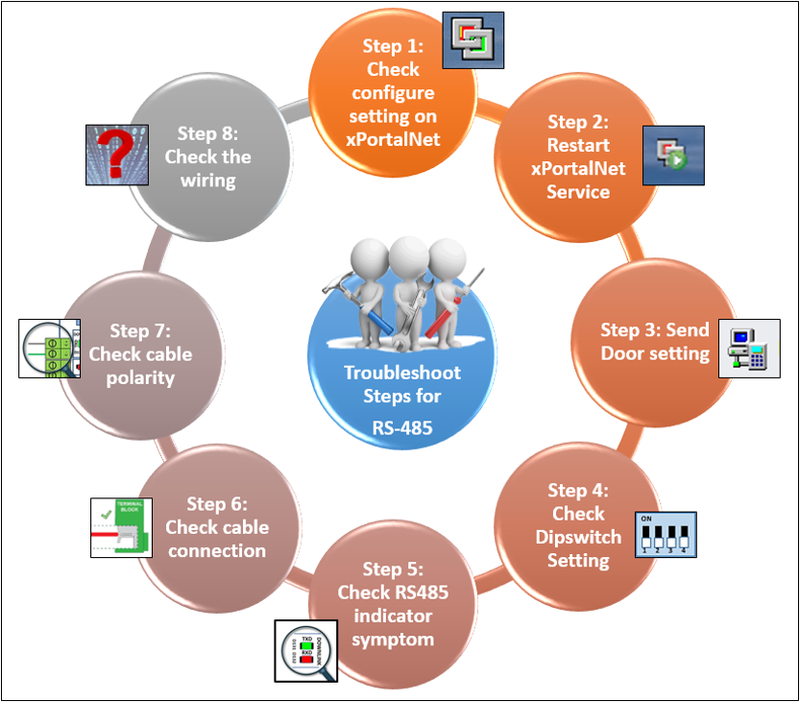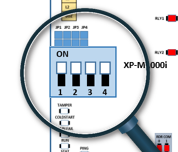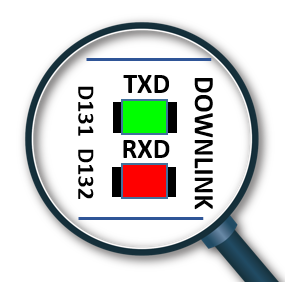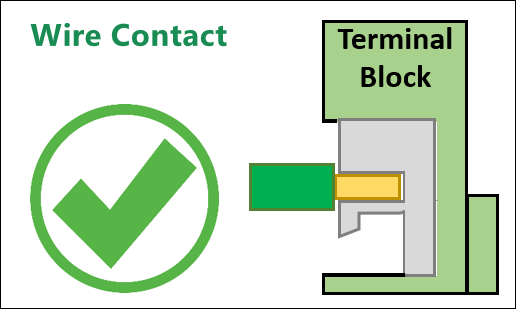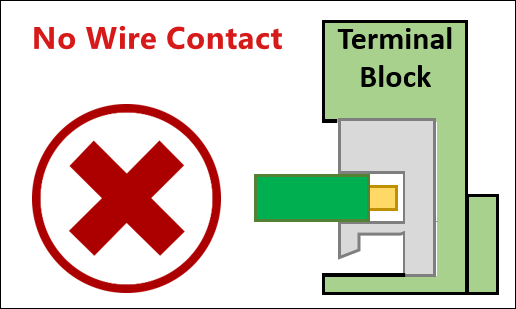How to Troubleshoot RS-485 Communication Issue
Problem (Issue) Statement: | How to Troubleshoot RS-485 Communication Issue |
Description: | A majority of MicroEngine's controllers and IO extension boards support RS-485 communication. The RS-485 communication is a rugged, multi-drop serial data path that allows multiple devices to be connected with individual addresses for each device. During installation, users will be following the general guide for RS-485 communication to install and terminate the hardware. However, the RS-485 communication system might still present some issues. After observing most of the issues reported at site, the common cause of the issues are software setting errors, hardware configuration setting errors, loose wiring termination and even reversed cable polarity termination which affects the RS-485 communication reliability. |
Related Software: |
|
Related Hardware: |
|
System Application: | NIL |
Symptom and Finding: | NIL |
Cause: | NIL |
Solution: | Summary:
|
Common Issue | NIL |
Date Documentation: | 12/11/2018 (Rev 2.0) |
PROOF-READ
.
.
.
Related content
© MicroEngine Technology Sdn Bhd (535550-U). All rights reserved.
